9 Foods You Rarely See on an Airplane
Categories: Aerophoto | Auto | Food and Drinks | People | Photo project | Society | Travel | World
By Vika https://pictolic.com/article/9-foods-you-rarely-see-on-an-airplane.htmlWhile you've probably heard a lot of jokes about the quality of in-flight food, airlines actually spend millions of dollars researching and developing the food they serve to their passengers. But no matter how much they spend, there are a few foods that rarely make it onto the plane.
According to a study commissioned by Lufthansa, dry air and low pressure affect how we perceive aroma and taste. It is estimated that we lose about 30% of our sense of taste while walking through clouds. To compensate for this loss of tasting ability, airlines often add seasonings to make food taste better.
Low pressure and dry cabin air are not the only factors that airlines have to deal with. There are many federal regulations governing food safety on aircraft.
Cost and efficiency are also factors when airlines choose what to offer on their flights. The dish should be simple enough and fairly inexpensive.
With all these factors in mind, here are 9 foods you rarely see on an airline's menu.
9 PHOTOS

1. Soufflé.
Notoriously difficult to make under normal circumstances, this is a delicate dish and unlikely to survive the journey.

2. Omelettes can be unappetizing on a plane.
While eggs are sometimes served in-flight, many airlines shy away from using them on their menus. Our greatly reduced senses of taste and smell make eggs unappetizing.

3. Toast can trigger smoke detectors.
Despite some airlines resorting to this simple offer, fried toast remains one of the least offered items on flights. Toasting bread on an airplane can trigger smoke detectors.
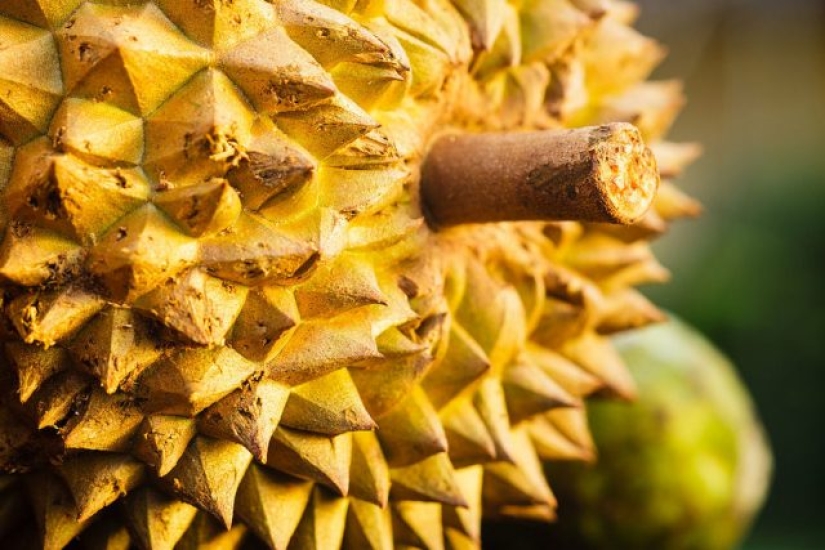
4. Durian fruits have a strong smell.
Durian is known as one of the stinkiest fruits on earth. So famous is its pungent aroma that it has been banned from public transport in Singapore, and one woman has even been banned from boarding a plane with it.
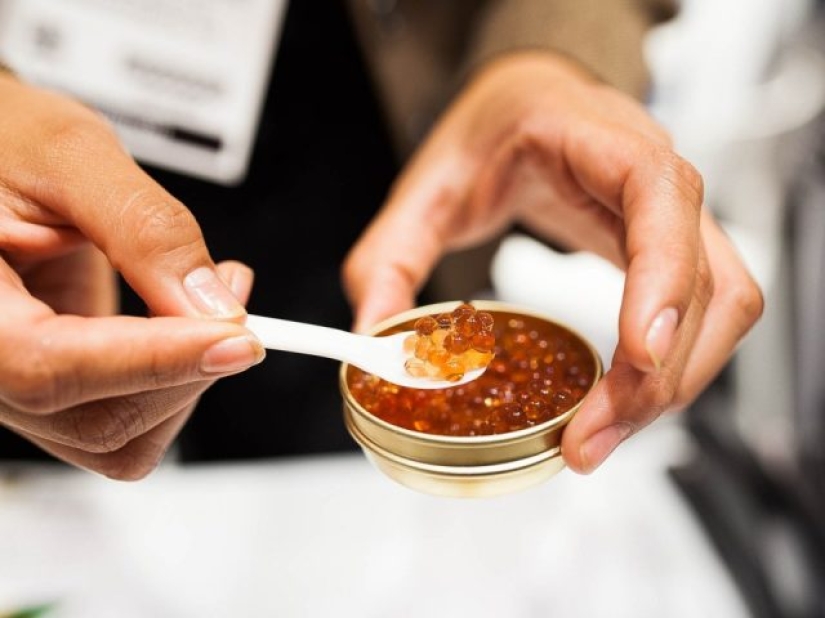
5. Products related to molecular gastronomy.
Whimsical pieces of magic created using molecular gastronomy are found in fine restaurants in Barcelona and London, but not on your next budget airline flight. Airlines must prepare hundreds of thousands of meals a day quickly and efficiently. In molecular gastronomy, everything is complex, time-consuming, and delicate.
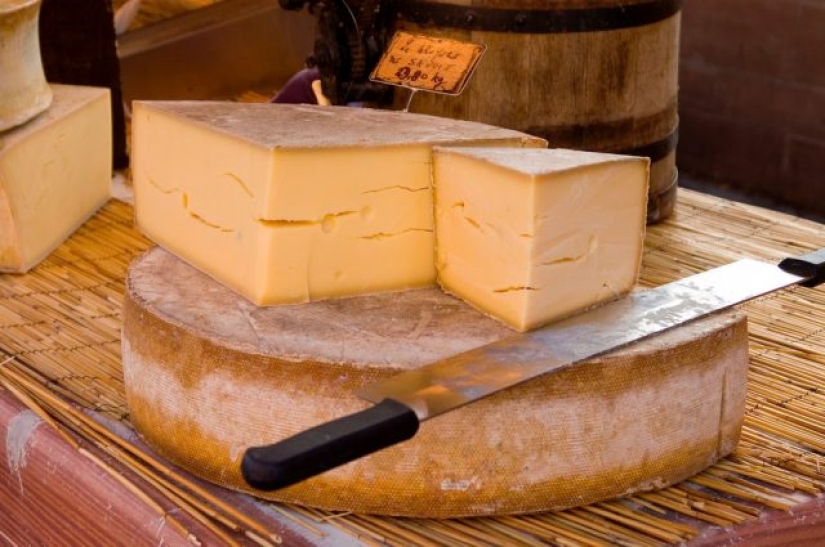
6. Smelly cheeses are likely to bother passengers.
"Forbidden because of bad smell," smelly cheeses are rarely seen on airline menus.
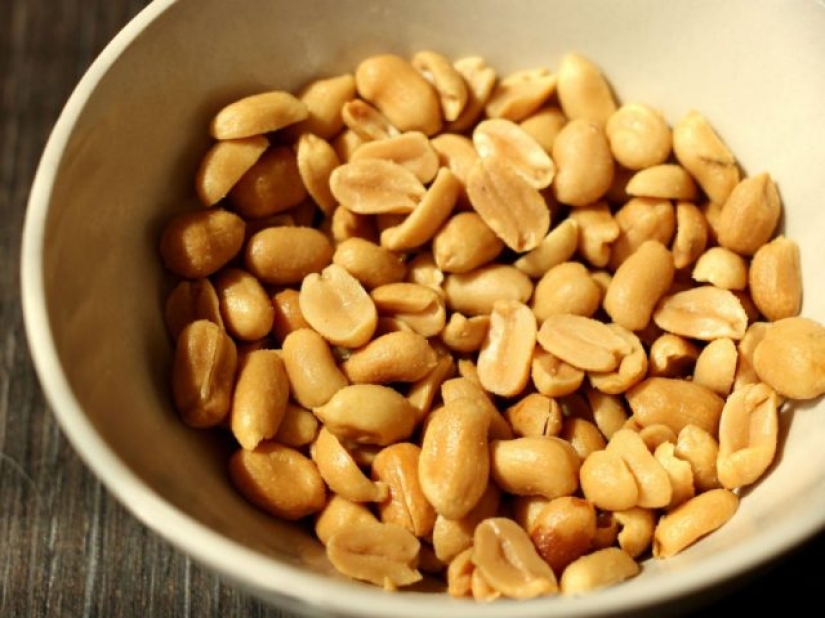
7. Peanuts are not suitable for allergy sufferers.
According to a recent study, there has been a 21% increase in peanut allergy since 2010.
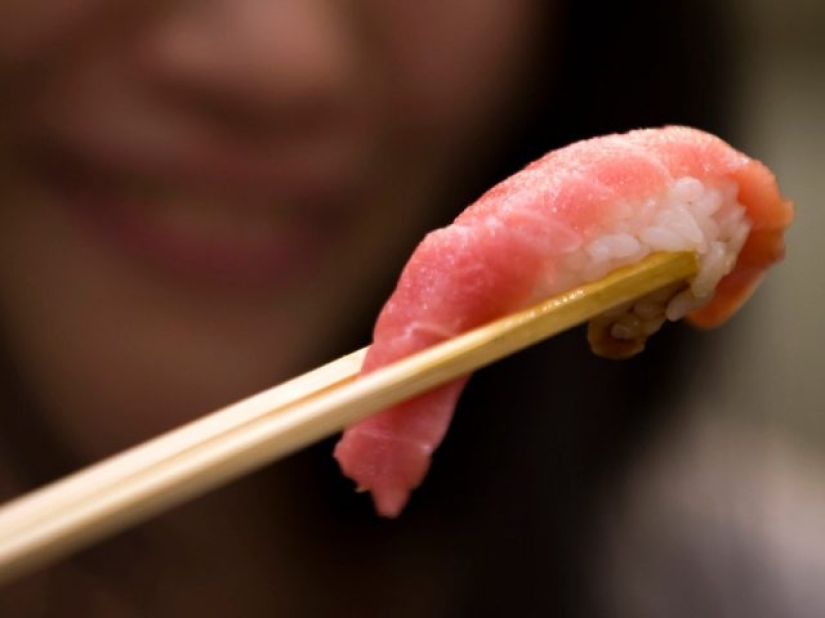
8. Sushi is very risky.
Cooked fish is a logistical challenge for most airlines, and raw fish is going to be a nightmare. Flight attendants simply don't have the practice or equipment needed to properly serve sushi.
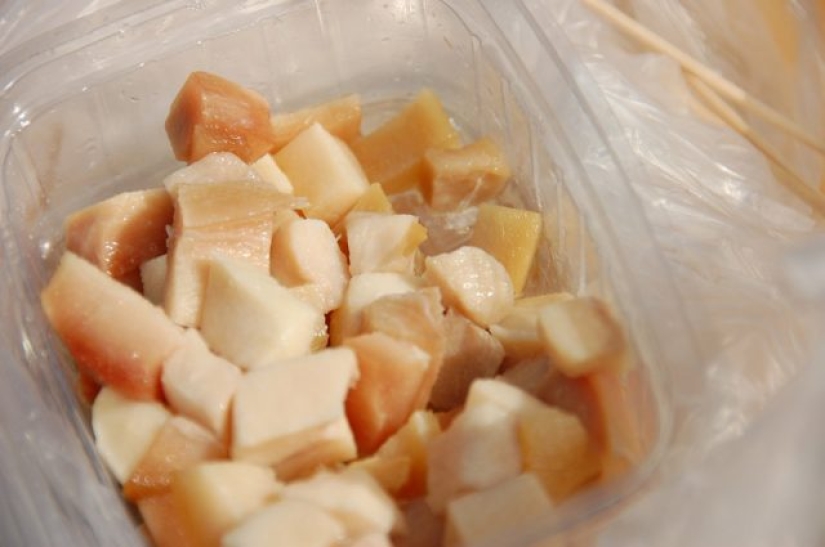
9. Local delicacies.
Airlines cater to a global clientele hopping from country to country, so they must cater to a wide range of flavors and palettes and create many dishes. Local delicacies like Iceland's fermented shark fin or balut from the Philippines would be hard to find on international flights.
Keywords: Foods | Airplanes | Aircraft | Passengers | Planes | People | Drink | Serving food
Post News ArticleRecent articles

At first glance, these colorful works look like ordinary paintings - but upon closer inspection, it turns out that they are made... ...

I want to somehow distract myself from the news about the pandemic and plunge into the beautiful. Here, for example, is a story ...
Related articles

The invention of flying machines that allow people to travel into the Earth's atmosphere is a list of the greatest innovations of ...

High blood pressure is recognized as a major risk factor worldwide. Hypertension should follow a diet in which there are no foods ...

If you planned a romantic date with a girl, make sure that your daily diet lacked these 5 products. Otherwise, instead of the ...

Serbian surrealist artist Dragan Ilić creates astonishing and provocative paintings that blend symbolism with eroticism, and ...